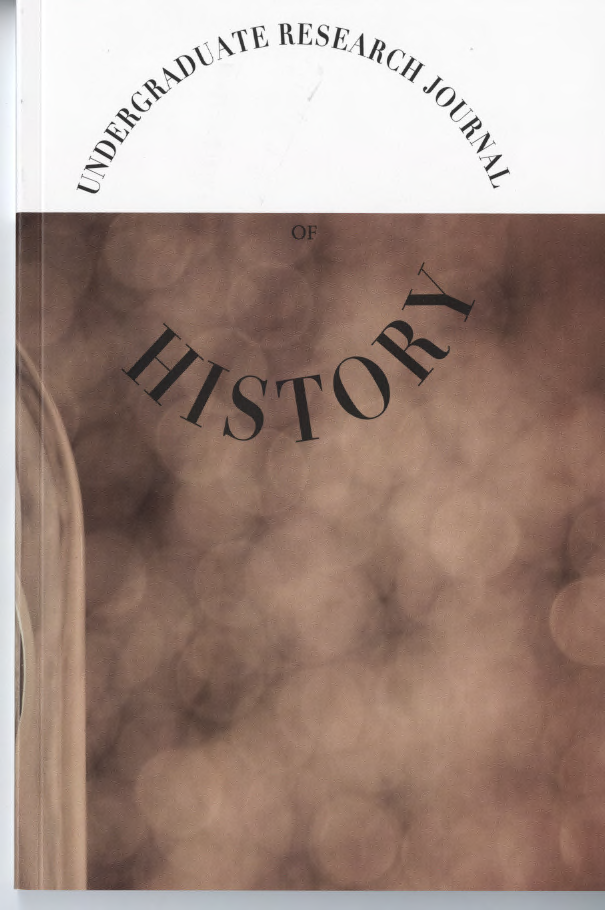The Home That Dr. Kaufman Built: An Analysis Of The Development Of The Women's And Gender Studies Program At Indiana University South Bend
Main Article Content
Abstract
At the end of World War II, higher education became a more prominent factor in American society. When World War II came to an end, men returned from war and entered back into the workforce; however, women did not lose their ambition to branch out of their households and pursue a higher education. This growing ambition fought against a culture of traditional values creating a complex obstacle that the coming decades would work to solve. As culture changed new disciplines were added to accommodate changes in opinions and occupations. This change in American demographic welcomed the feminism movement of the 1960s and 1970s forever changing women's cultural expectations and perceptions. Once expected to stay home and care for their families, women across the country began to pursue college degrees and a career. Women across the United States were achieving degrees and entering into the workforce in numbers higher than any other time in history. With this growing number of women entering into higher education, there came a growing desire to learn about women's contributions in history, government, and literature. This desire became a passionate need among women attending university and eventually began to open up several areas of opportunity that had never been seen before within universities. Across the country courageous and motivated women were beginning to create Women's Studies programs and departments that would educate the public about women's involvement within society.
